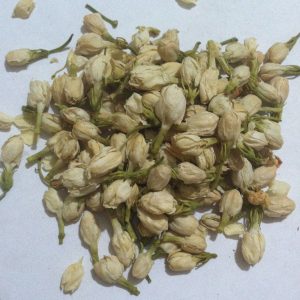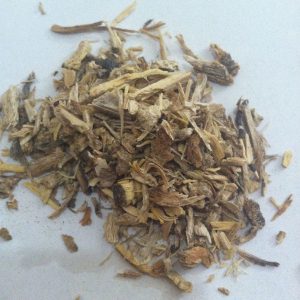Description
Common Name Standardized: catuaba Botanical Name Trichilia catigua A. Juss.
Plant Family: Meliaceae Overview Introduction Catuaba (pronounced kot-chew-BAH) is a smaller flowering tree of the Amazon jungle related to the coca plant but producing none of the alkaloids found in cocaine. It bears orange and yellow flowers that produce a yellowish-brown, inedible fruit. The Tupi tribe in northern Brazil discovered the aphrodisiac qualities of catuaba several hundred years ago. Trading the herb throughout South America, the Tupis have made catuaba the most popular of all the Amazonian aphrodisiac plants. Its use is so prevalent as an aphrodisiac in Brazil that there is a popular saying that goes until a father is 60, the son is his: after that the son is catuaba. Constituents Some varieties of catuaba contain yohimbine. The antibacterial constituent of the herb is cinchonain. Also contained are fatty acids, phytosterols, and antioxidant flavonoids. Parts Used Bark. Typical Preparations Catuaba is used in capsules, teas, and tinctures. Summary The native peoples of the Amazon who use catuaba combine it with muira puama, allowing the mixture to stand in warm water overnight to make an amber medicinal infusion. Precautions Specific: No known precautions.
General: We recommend that you consult with a qualified healthcare practitioner before using herbal products, particularly if you are pregnant, nursing, or on any medications. For educational purposes only This information has not been evaluated by the Food and Drug Administration. This information is not intended to diagnose, treat, cure, or prevent any disease.

















